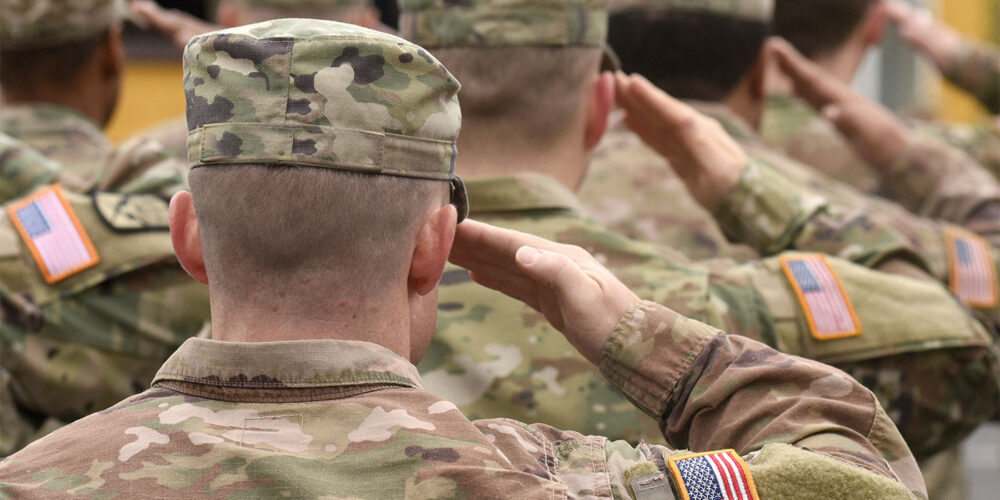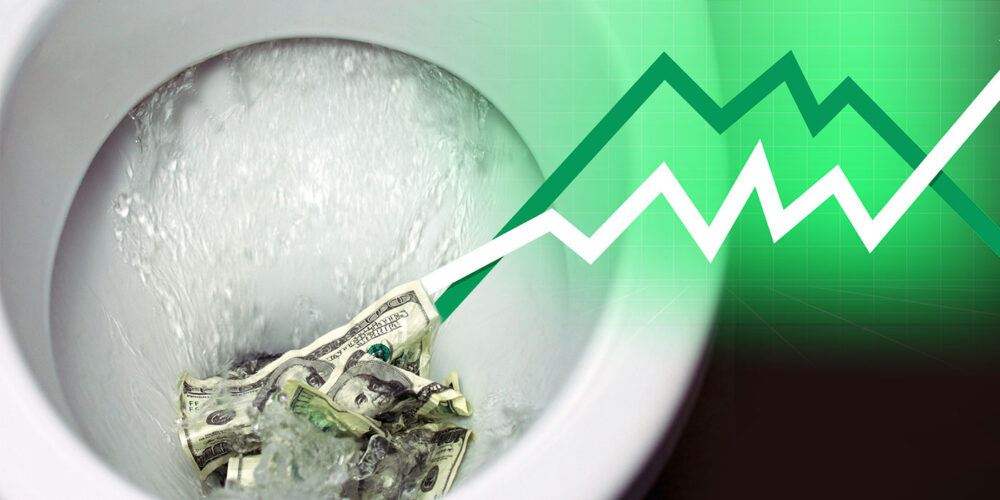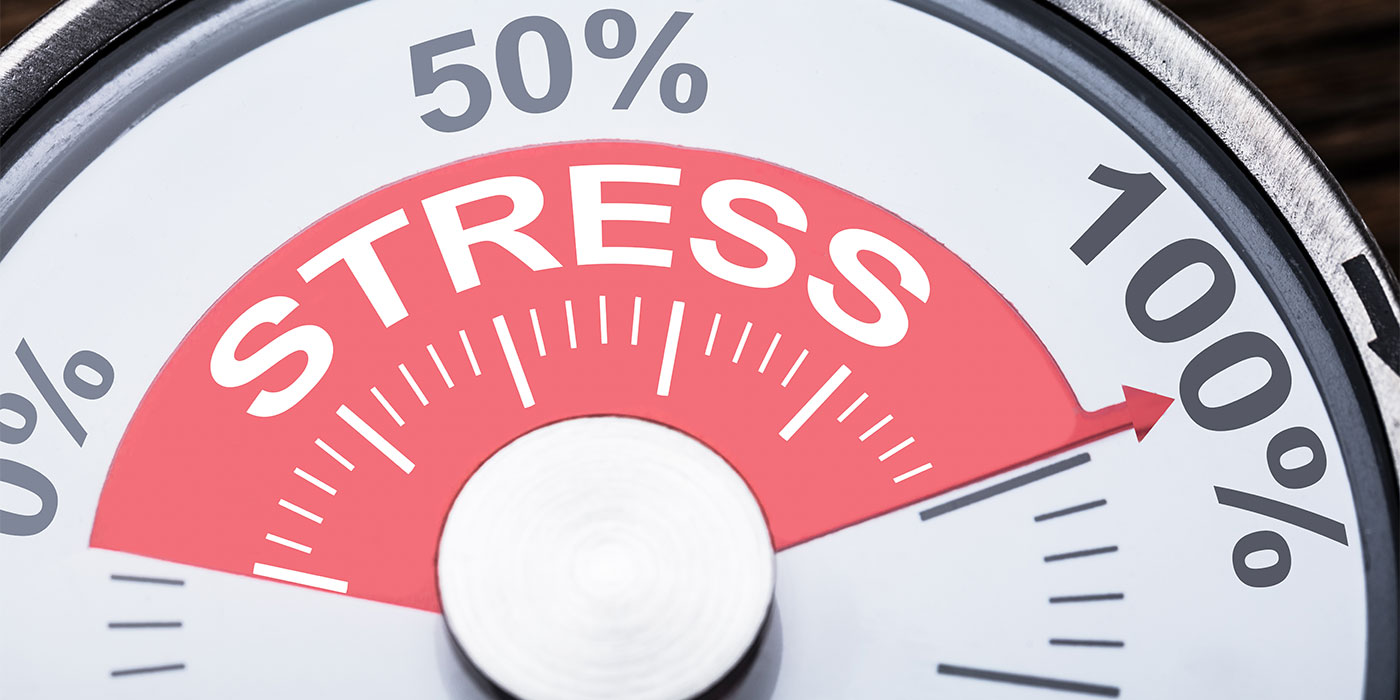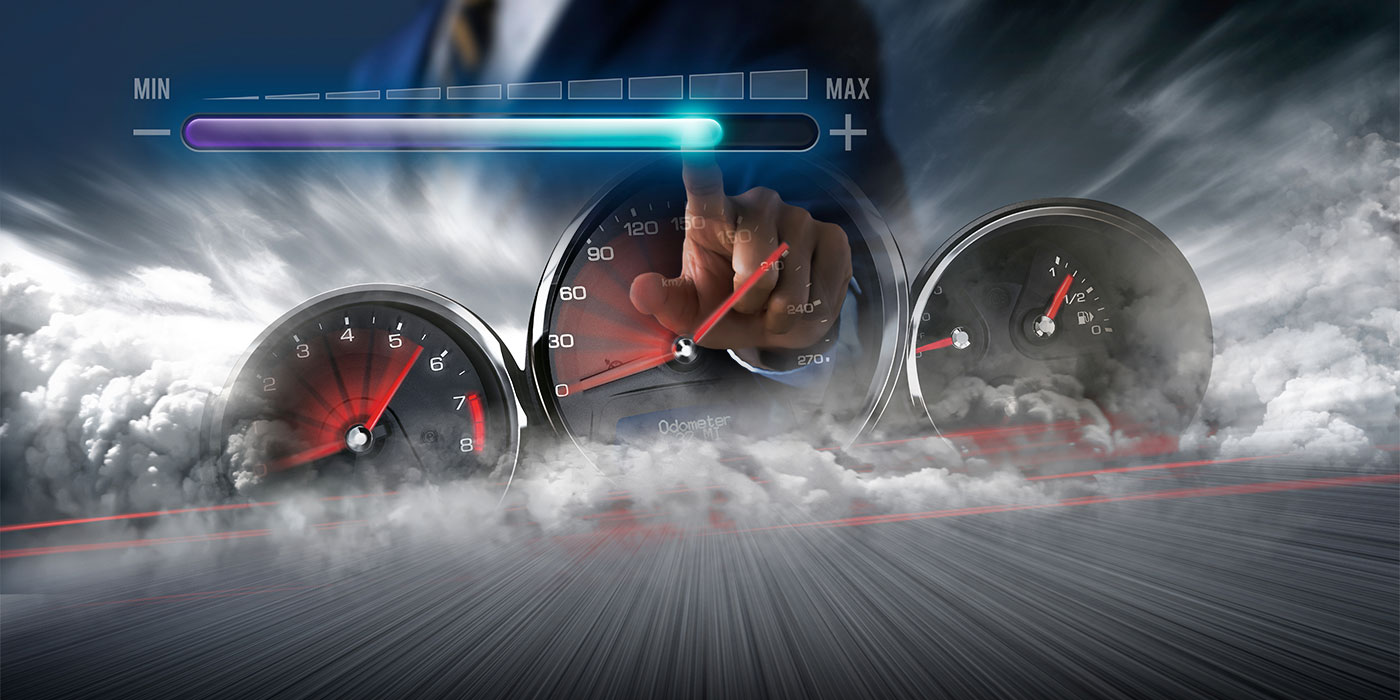Almost everyone knows the old adage, “Doing well by doing good.” For our team, that isn’t just a slogan — it’s part of the fabric of our business.
Many collision repair shops do philanthropic programs during the holidays, which is great, but we look at giving back as part of our year-long strategic business plan. It helps connect us with the community every month and gives our customers another reason to choose CARSTAR for the highest-quality collision repair.
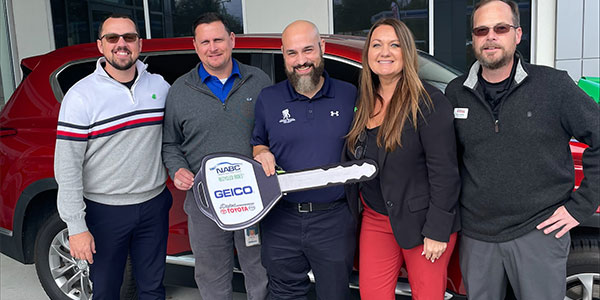
At CARSTAR Auto World, we’re involved in a number of community programs. We support local charities that provide for the homeless and donate to food pantries, we’re mentors for local technical schools and we’re planning for a National Auto Body Council (NABC) Recycled Ride presentation later this year. We plan and budget for these initiatives and dedicate the resources and employee time to make it happen.
Developing a plan for philanthropic giving and dedicating a budget for it can be daunting. But if you make it part of your goals and initiatives for the year, it’s much easier to plan and execute successful campaigns. Here are a few tips for identifying a charitable cause and creating a philanthropic program for your business.
Why Create a Charitable Giving Campaign?
The benefits to you and your team are many. Volunteering your time to support a cause you’re passionate about is something you’ll never regret because:
- It will build your relationship with your community.
- It can connect you and your business to people and ideas that will positively impact your perspective for the rest of your life.
- It will engage your team in a collaborative effort outside of the daily work environment.
- It will allow you to gain a unique sense of purpose by serving those around you — one that often manifests itself in other areas of your life.
- It provides an opportunity to spend time helping at local shelters or food banks, which offers an important service to less fortunate neighbors.
- It delivers a spirit of giving back to the place you call home and helps to unite the community and bridge some of the social, economic and political gaps that may exist.
A philanthropic program for a collision repair facility owner, a local distributor, or national or regional supplier should really be a year-long initiative for maximum impact and visibility. And it should be based on a strategic plan considering your business goals and needs to generate optimum impact and return on investment.
Getting started is a challenge. Just like evaluating a new location, launching a new product or renovating your facility, it requires a thorough planning process and careful consideration to ensure you create a program that matches your needs and the needs of your community.
Determining the Right Cause
- What are the strategic needs of your business? Invest your time and money wisely!
- Does your business need to build awareness and traffic for a new location or service?
- Do you want to drive more business from a particular audience, like veterans or seniors, or certain types of vehicle owners?
- Do you need to enhance your relationships and brand with current and potential customers?
- Are you facing a local economic development, real estate, zoning or city council issue that could benefit from the audiences having a positive perception of your company?
- What time and resources can you and your team commit to the cause?
- Can you offer employee support to work on vehicle projects during the workday or after hours?
- Will you provide team members paid time off to support events and activities?
- Do you have a budget in mind to spend on your program?
- Do you have vendor relationships and local business relationships to help support the program?
Look at your community. This can help provide some initial direction:
- Does your location drive your community needs?
- Are you located near a military base with an audience of veterans and active-duty military members?
- Do you operate in a metro area with heavy traffic and frequent fender benders?
- Is there mainstream adoption of electric vehicles?
- Is there a need for transitional jobs in new industries such as collision repair — or career opportunities for young adults?
- Is there an at-risk youth community or adult population?
- Is your area more rural where agriculture is the primary employer and trucks are the prevalent vehicles?
- Are there a lot of senior drivers or seasonal residents in your community?
- Is there a local high school, college or professional sports team or other sport that the community is passionate about?
Personal Interests of Your Team
- Are you a sports fans?
- Are you passionate about training future generations in the collision repair industry?
- Are you or your team members veterans?
- Did you or your team members benefit from community support when you were growing up?
- Do you have a personal hobby like restoring vehicles, competing in barbecue cookoffs, golfing or farming/gardening?
Interests of Your Current and Potential Customers
- Are they sports fans?
- Are they veterans or military members?
- Are there major community events and festivals they attend?
- Do they go to car shows and events?
- Are they parents with young/teen children or older residents?
- Is there a popular community cause like saving a historic building, redeveloping a park or creating a community activity facility?
As you and your team work through these questions, you’ll likely see some natural alliances and opportunities appear.
Creating a Powerful Program
With this information in hand, you can map out your charitable giving program. For instance:
- You want to build your brand and awareness for a new store.
- You and your community are rabid fans of the local pro sports team.
- The sports team has an at-risk youth education and sports training program.
- You and your team have an interest in mentoring youth.

With that in mind, you could create a partnership with the local sports team. As a charitable partner for the at-risk youth education program, you could:
- Donate a refurbished van or SUV for the youth charity painted in the team colors and present it to the team at a press event.
- Offer shop internships and jobs for the kids in the charity.
- Provide painting services for the team for equipment, carts, mascot statues and other unique items.
- Showcase your partnership in your shop with signage and memorabilia.
- Support other team events for the at-risk youth during the year, such as back-to-school backpacks, holiday food drives and incentives for your interns to earn team gear and possibly attend practices or games.
- Earmark some of your marketing budget to the project, then work with the team to negotiate as much trade as possible.
- Leverage your paint partner and other vendors to help support with monetary and product donations.
Now, you can create your detailed plan:
- Determine the weekly and monthly time commitment for each activity and consider a leader for each project.
- Create a calendar of activities for the year and share with your team and your customers.
- Allocate some of your radio advertising spend — if you’re advertising — to the team’s station to further support your involvement and provide special offers to fans.
Plan Ahead to Measure Your Success
One question that always comes up is how to measure the success of a philanthropic program. You want to look at the return on investment in terms of outputs and outcomes. It’s important to set your goals at the beginning so you can measure them efficiently and effectively:
- Outputs: How many people participated in an event? How many kids attended a class to learn about careers in collision repair? Did you donate a vehicle? How many items did you paint for the team?
- Outcomes: Did you hire any interns full-time? How many new vehicles did you capture through your involvement? Did you measure “How did you hear about us” on your survey cards? Did you experience an improved presence in the community, media coverage about your efforts and customer comments? Did you run a special promotion that garnered new traffic for estimates and repairs as part of the philanthropic program?
- A good goal is a four-to-one return on your investment. If you spent $20,000 on your partnership with a local sports team for a year-long promotion, then supported with a $20,000 radio buy plus your team’s time and materials to support the efforts, you’ve probably committed $50,000. That means you’ll need $200,000 in revenue to fully offset that investment. At an average of $4,000 per repair, that’s 50 cars for the year — just over four per month, in new business. That doesn’t include the value of the enhanced brand reputation and new pipeline of customers for your facility.
Summary
“Doing well by doing good” is a smart motto to live by in both your personal life and business life. It’s also smart to create your philanthropic program to meet both the community’s needs and drive your business goals at the same time. A little planning upfront, thoughtful implementation and thorough tracking of results will deliver a successful philanthropic program that also delivers a healthy return on investment.

